the foul lump in my throat
This body of work is an ongoing study in racial melancholia and racial grief, in examining how and why we fixate, even devour that which we are excluded from. The foul lump is a reference to John Yau’s poetic series “Genghis Chan: Private Eye” (1989), in which the Chinese American narrator states: “A foul lump started making promises in my voice.” If we consider the foul lump to be a repulsive object that hijacks the Chinese American subject’s racialized body for the vocalization of others, we must consider how the lump arrives in the larynx in the first place. In Freudian melancholia, melancholy is pathological and enduring, in which the ego wishes to incorporate the object into herself through devouring.
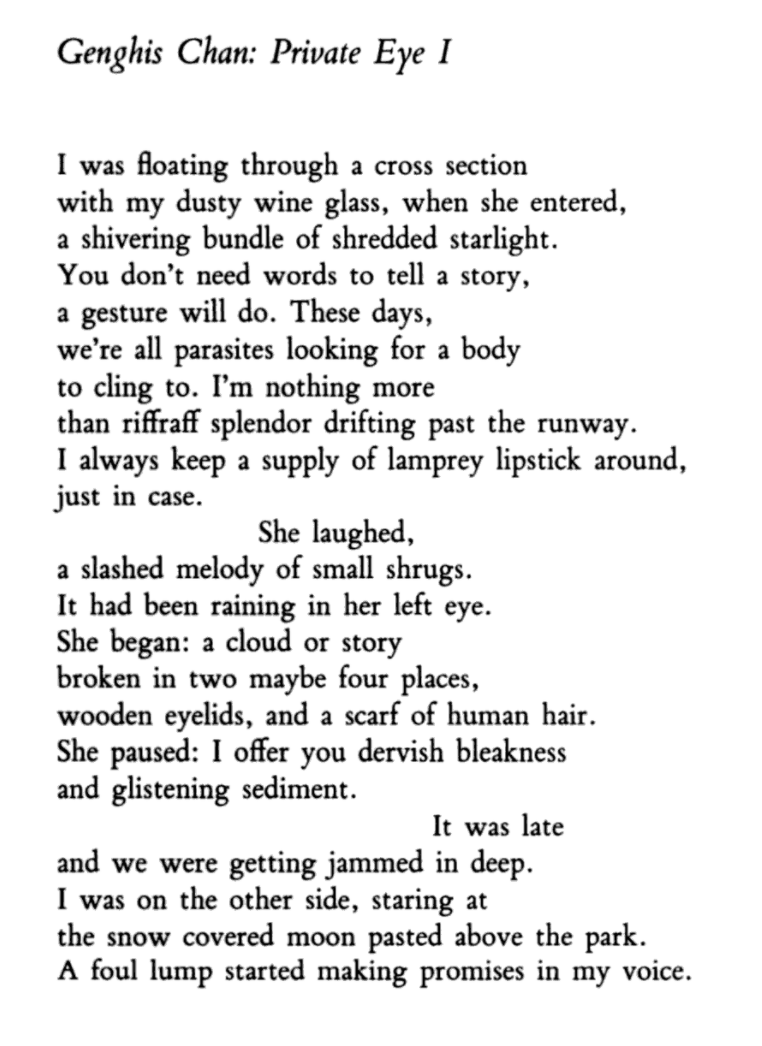
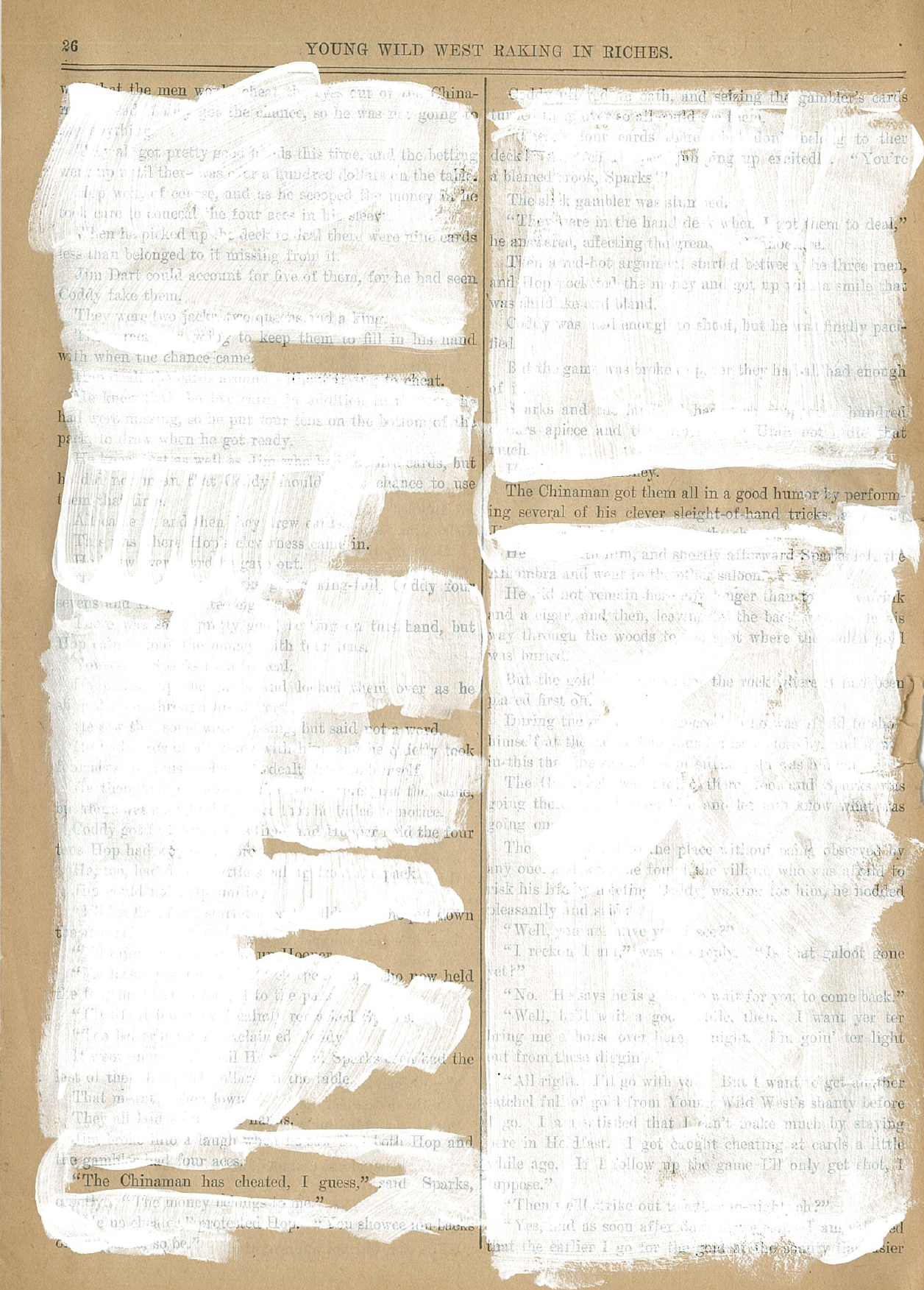
a myth is a lie, the chinaman cheats
2020
acrylic on 1954 dime novel
2020
acrylic on 1954 dime novel
inauguration
2020
VHS-C converted to digital, sound, video, found footage
My avatar presents herself in inauguration, a parafiction, to actualize the psychological melancholic desire to transcend the boundaries of her imposed racialized and gendered identity as well as a political tool and catalytic agent for mapping the material consequences of her presence in territories and narratives she is excluded from.
First founded in 1965, the Cowboy Artists of America (CAA) is a contemporary society of artists dedicated to upholding frontier mythology. Their mission statement stresses commemorating “the memory and culture of the Old West as typified by the late Frederic Remington, Charles Russell, and othersî and through realism and the narrative/figurative tradition, depicting “authentic representations of the life of the West.” These “authentic representations” predominantly come from the U.S. tradition of 19th Century images of manifest destiny, imbued with imperialist, self-justifying, and aggrandizing subtexts. Aside from the first and only indigenous member to be inducted in 1993, the CAA have always been composed of white men, and refer to themselves as a “brotherhood.”
Can “cowboy drag,” a form of racialized, gendered, affective drag, not unlike code-switching, an embodied passibility, provide a mimetic form of deception and self-preservation? What are the alluring possibilities that result from racial melancholia: self-contradicting negotiations with pleasure and pain, multiplicitous selves, identity and dis-identity formation?
white vegetable i
2020
16mm transferred to digital
white vegetable ii
2020
16mm transferred to digital
white vegetable iii
2020
16mm transferred to digital
In Melancholy and Race, Anne Anlin Cheng remarks: “since the melancholic subject experiences resentment and denigration for the lost object with which he or she is identifying, the melancholic ends up administering to his or her own self-denigration.” She continues to elaborate that ìthe melancholic is not melancholic because he or she has lost something but because he or she has introjected that which he or she now reviles,” resulting in the melancholic “ choking on...the hateful and loved thing he or she just devoured.”


seven self portraits as a cowboy
2019
oil on linen, sisal, horseshoes
2019
oil on linen, sisal, horseshoes
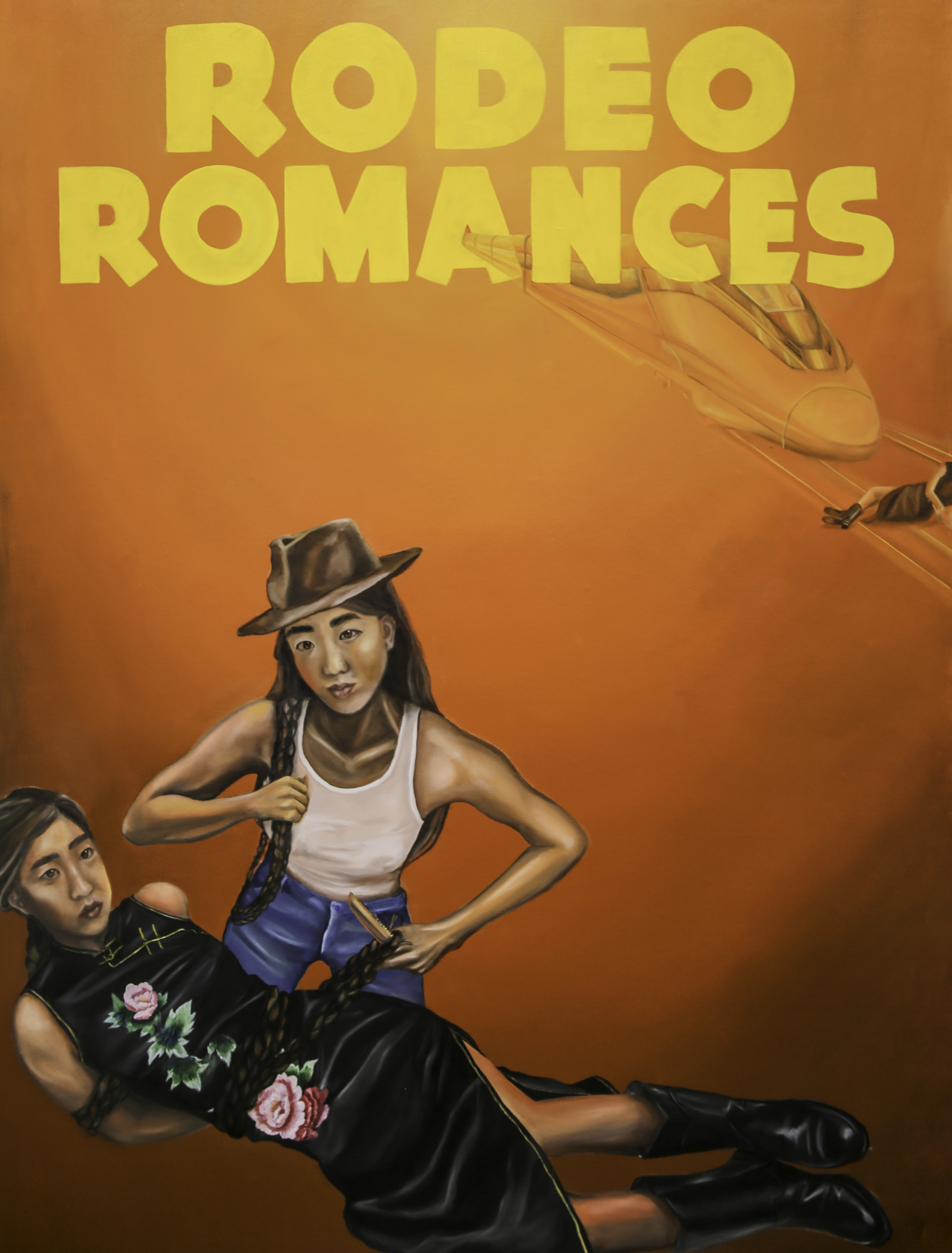
requiem for my damsel
2020
oil on canvas, sisal, horseshoes
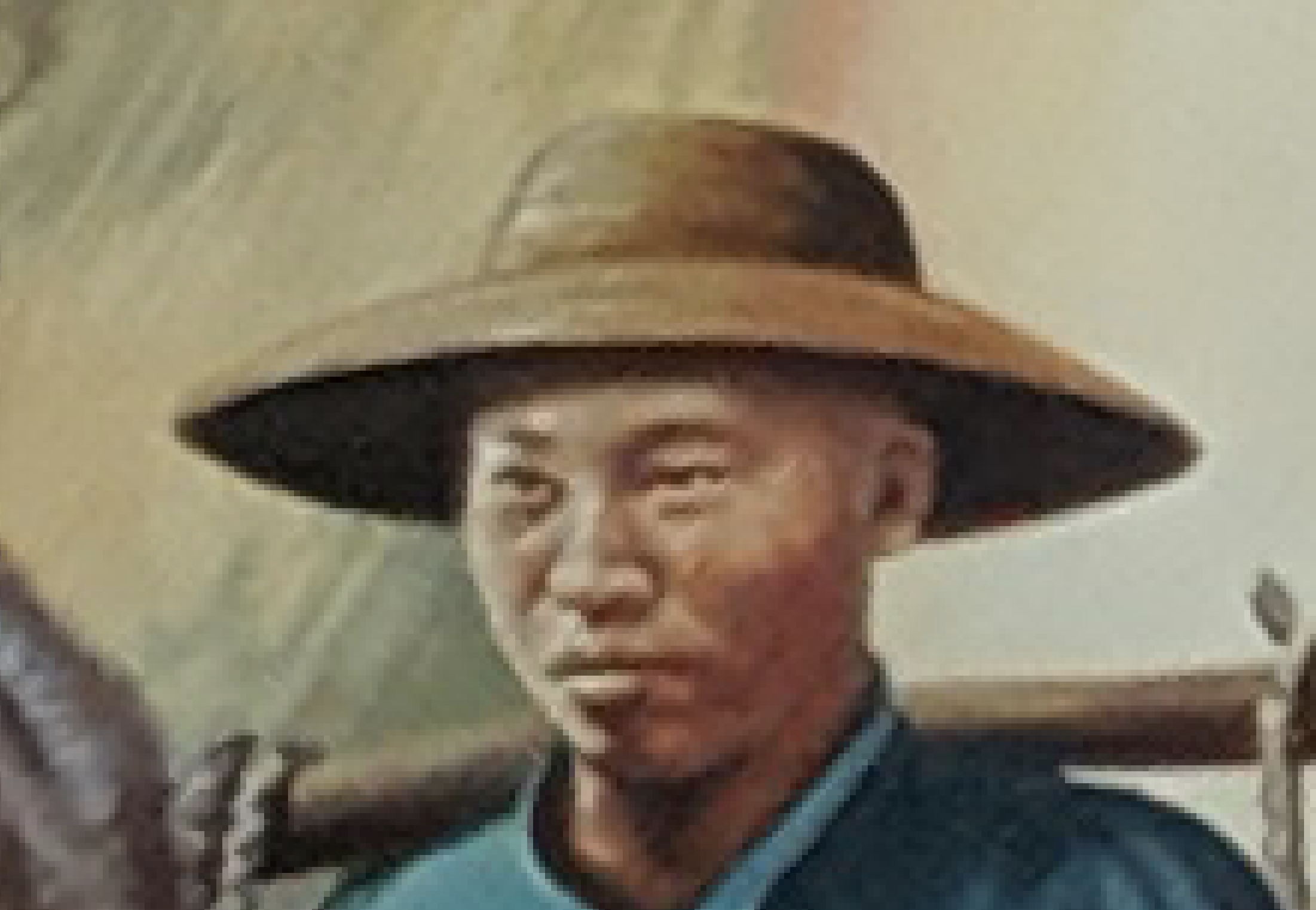
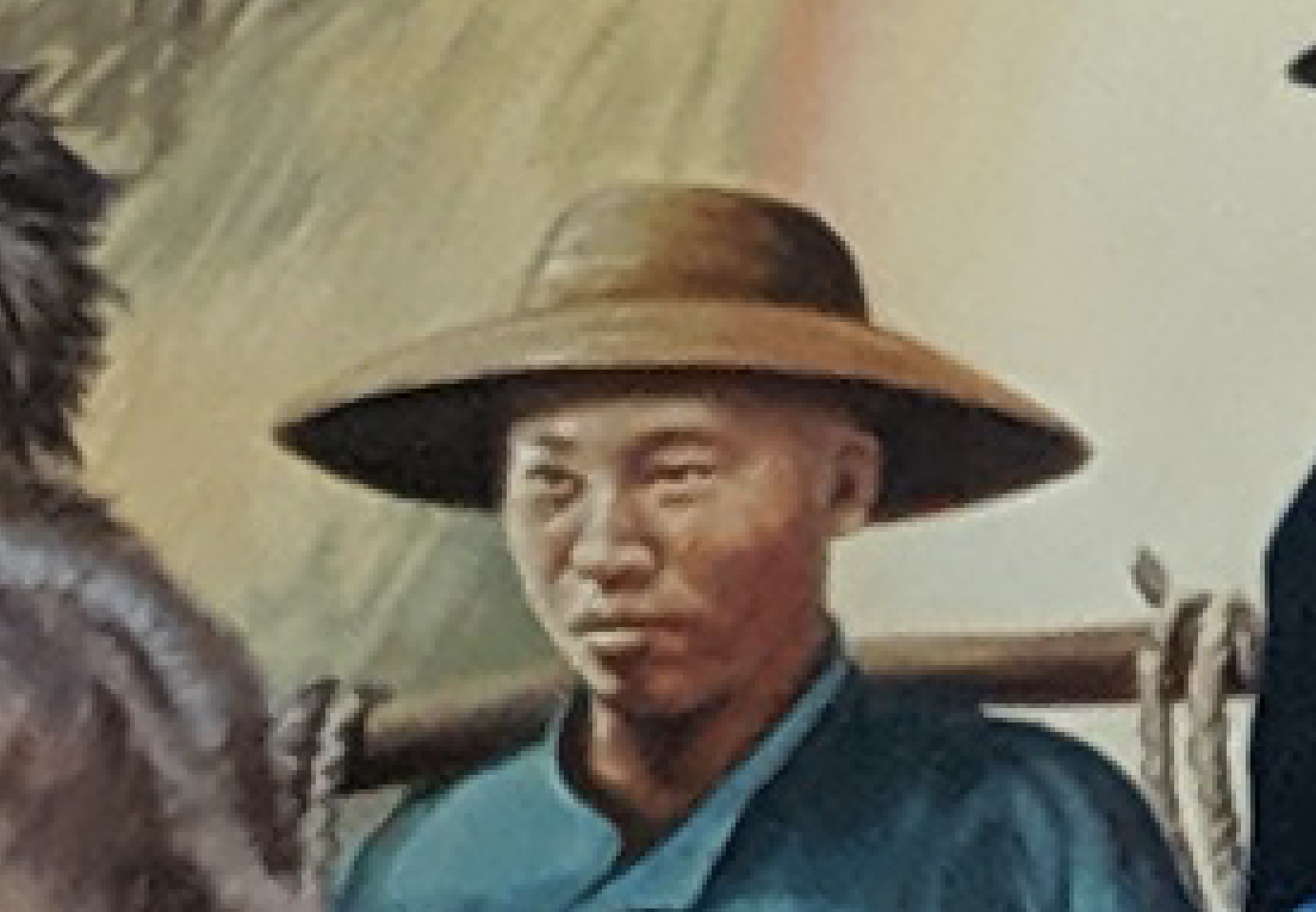
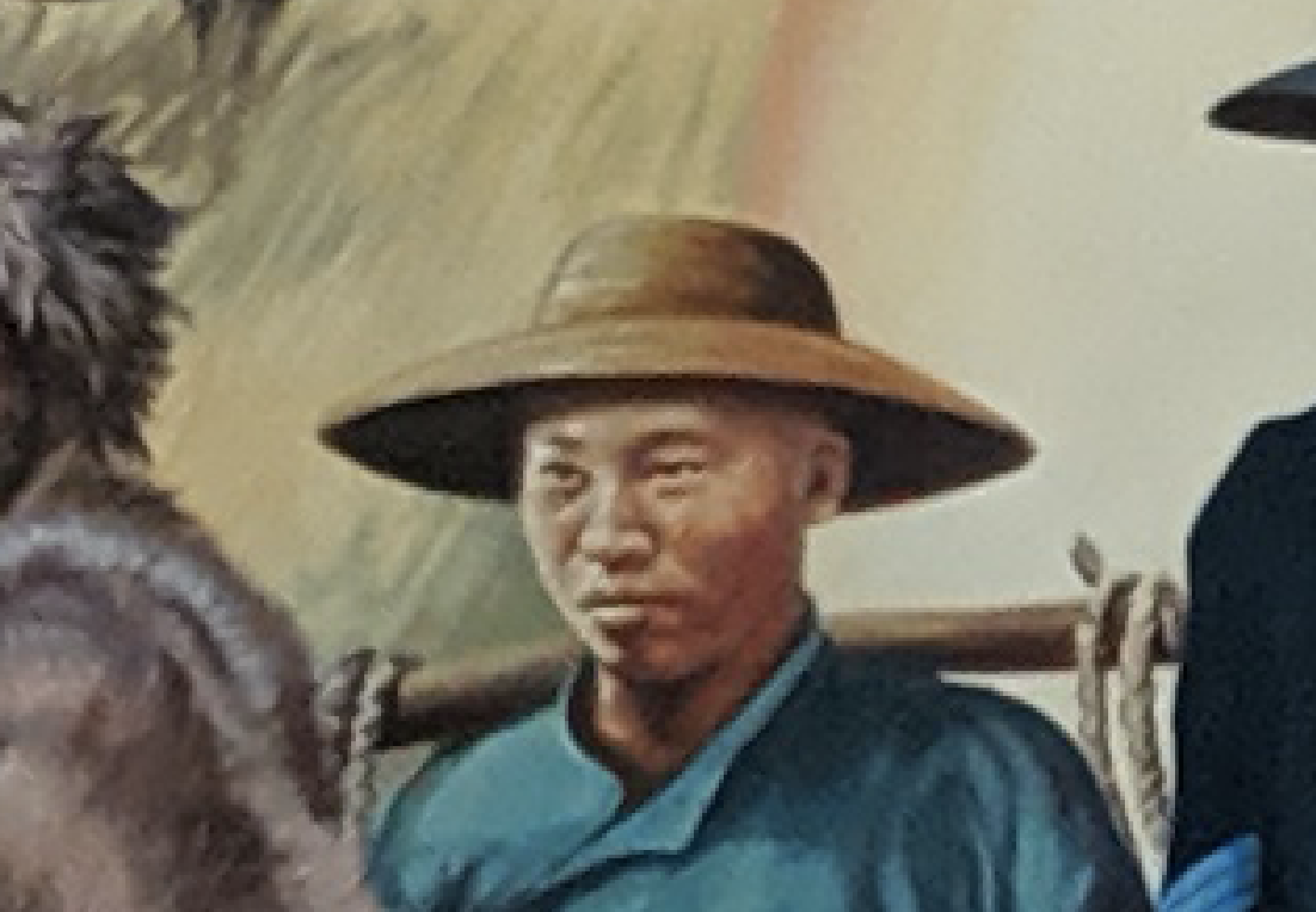
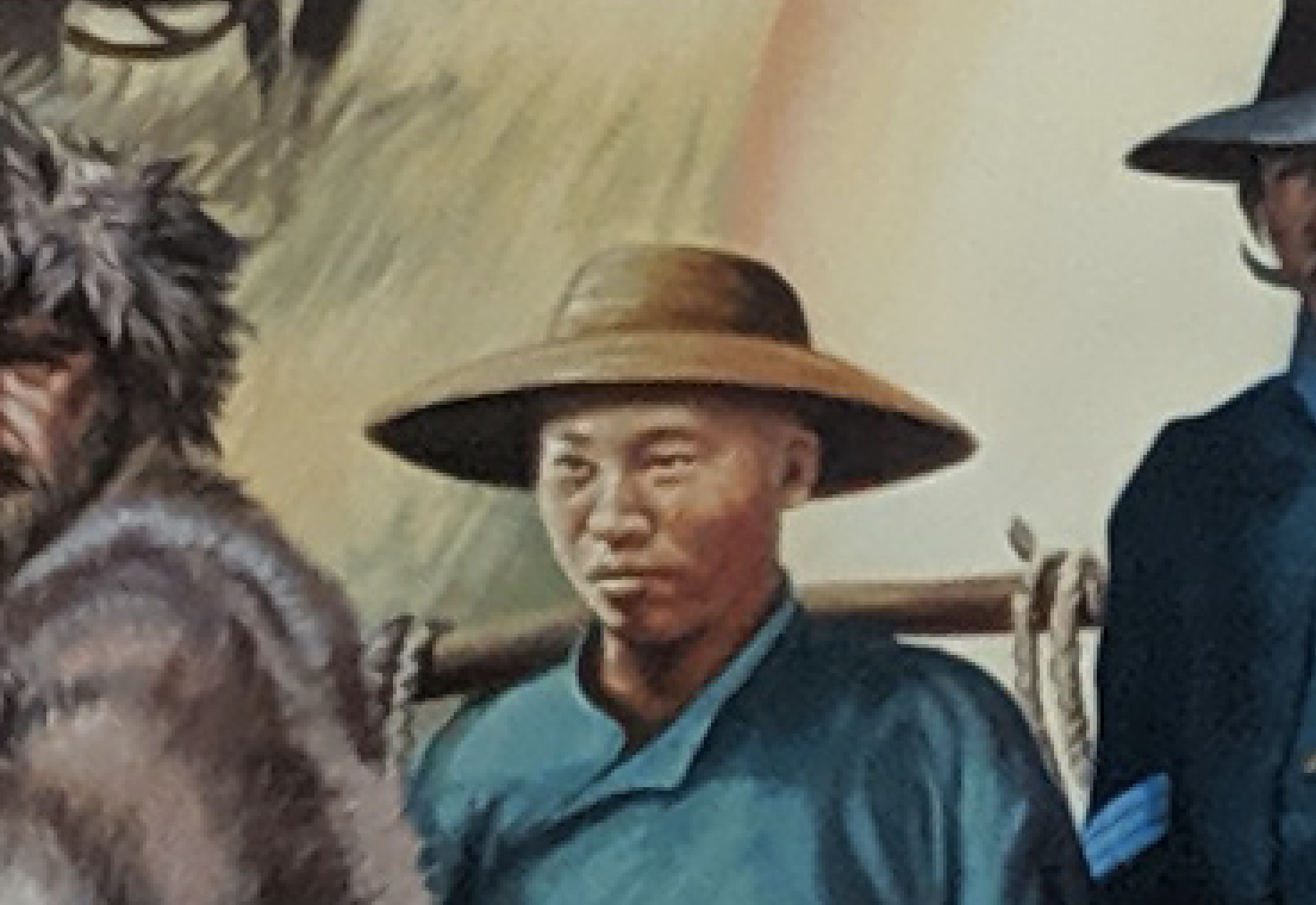

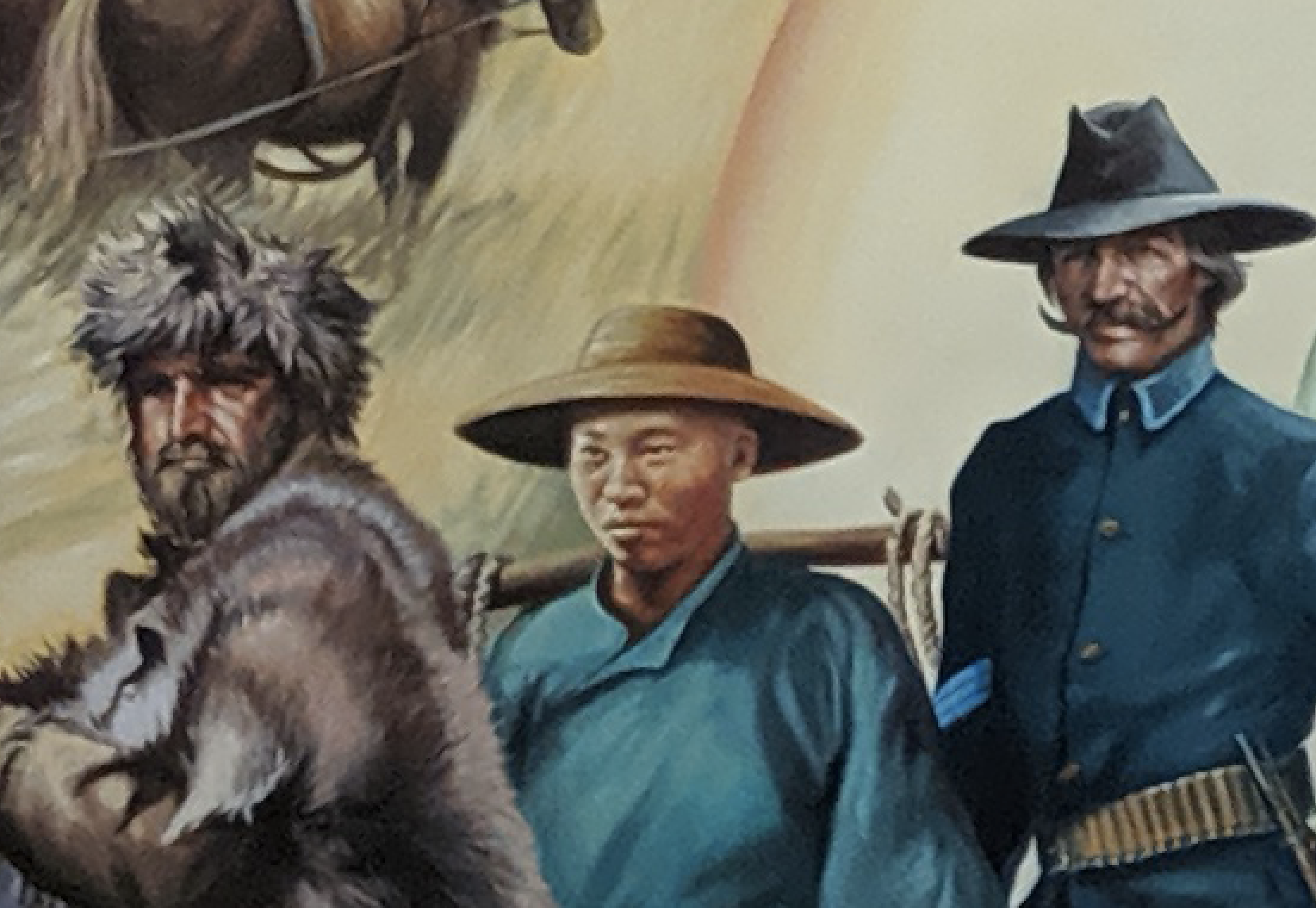


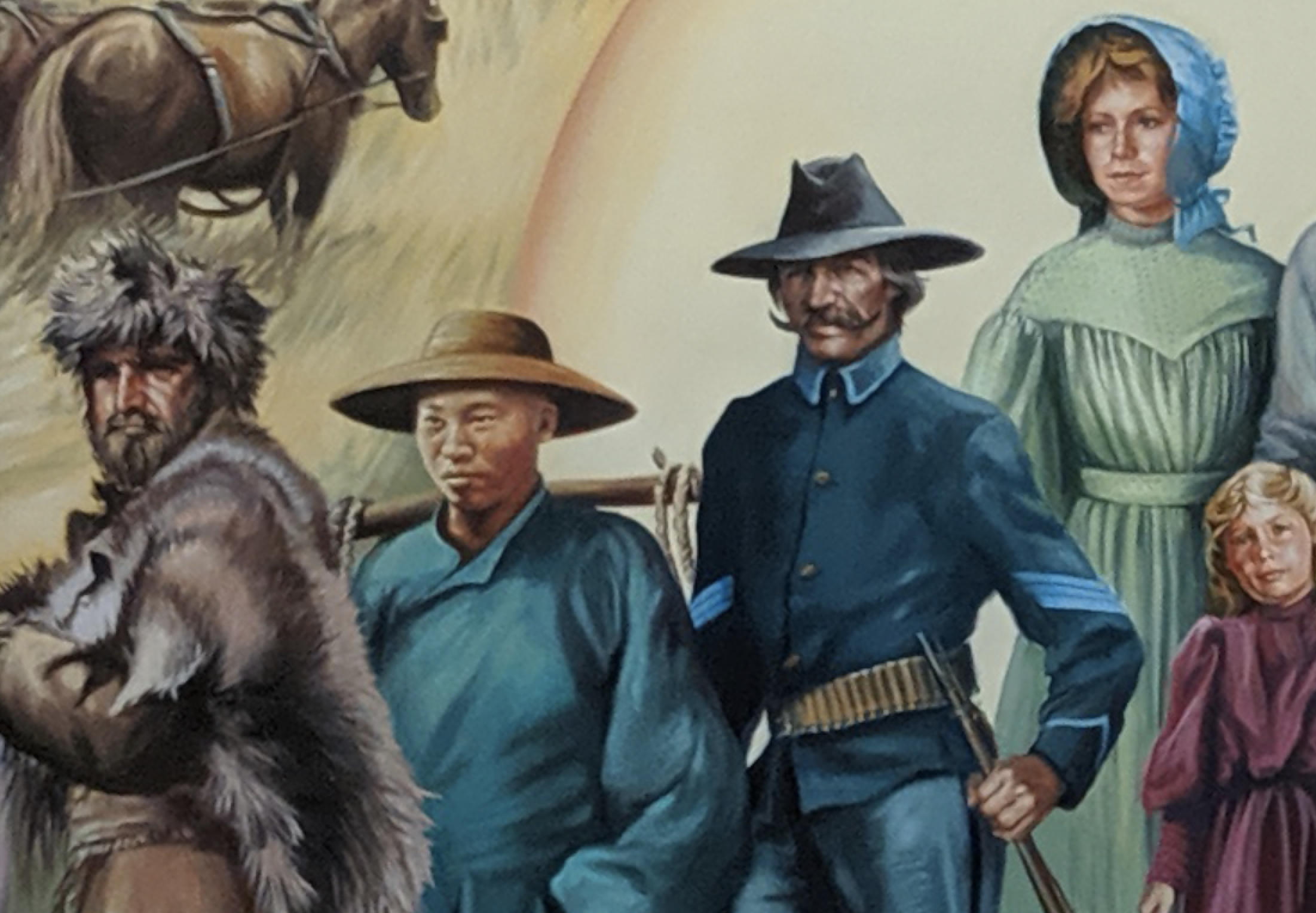

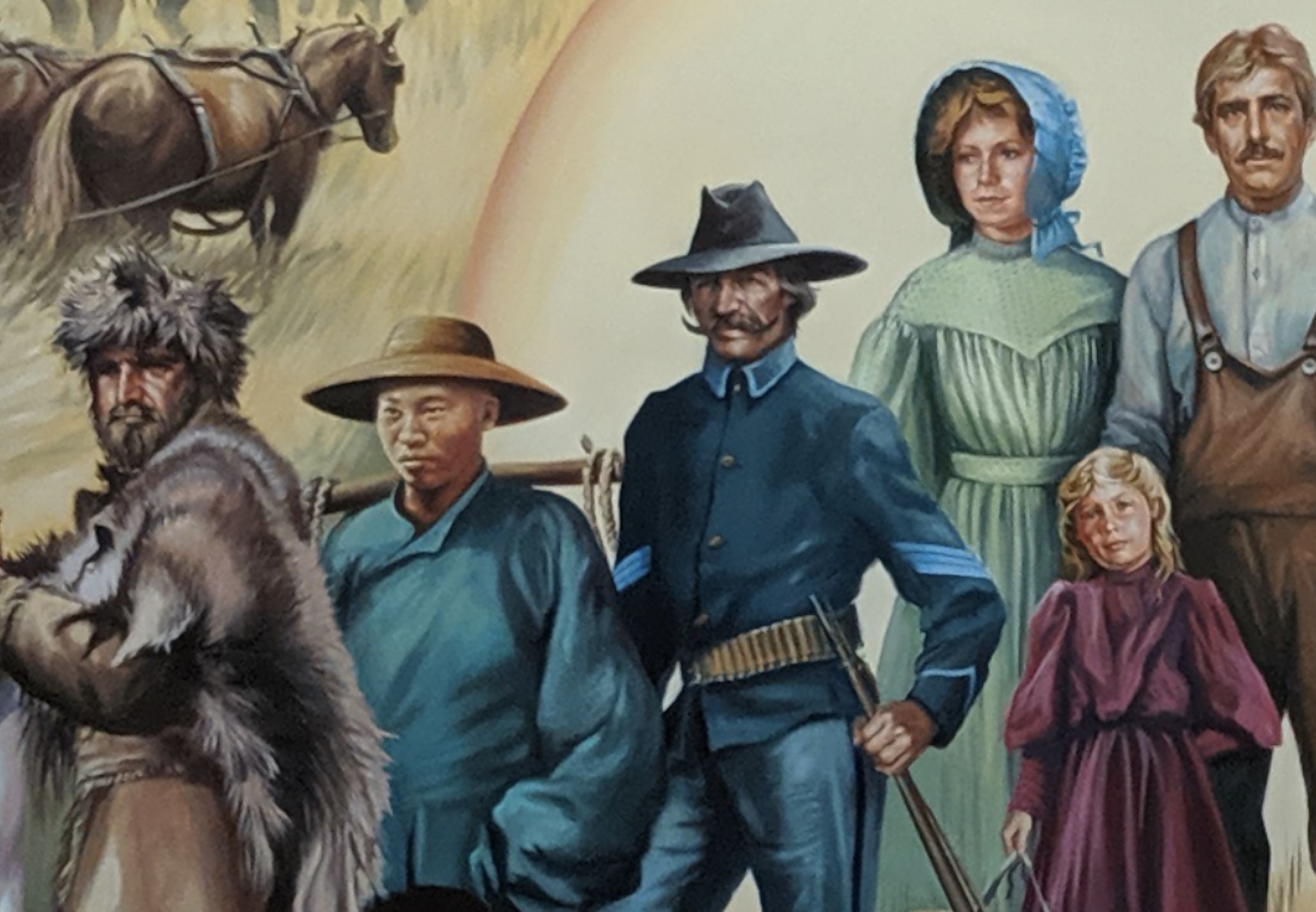

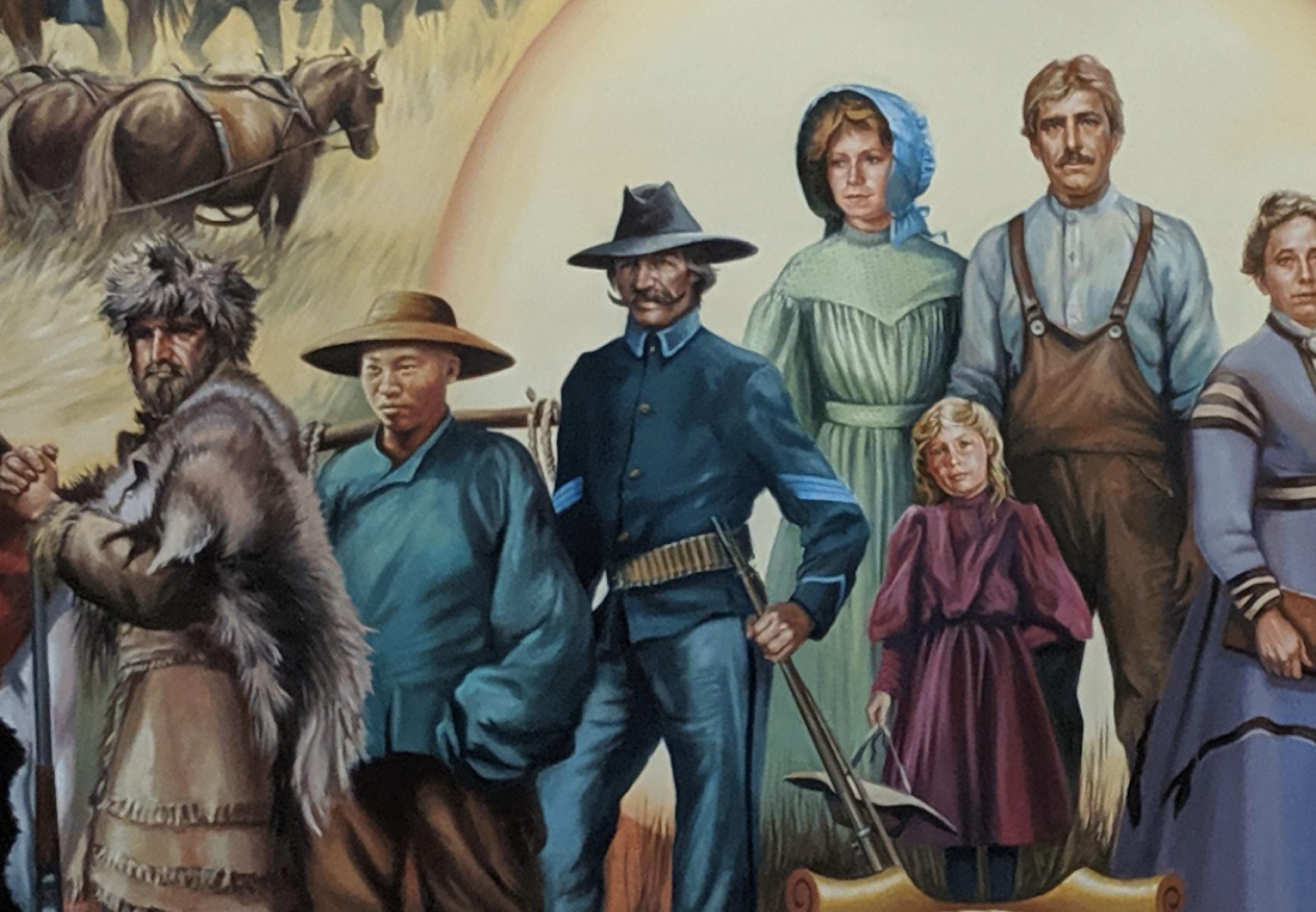
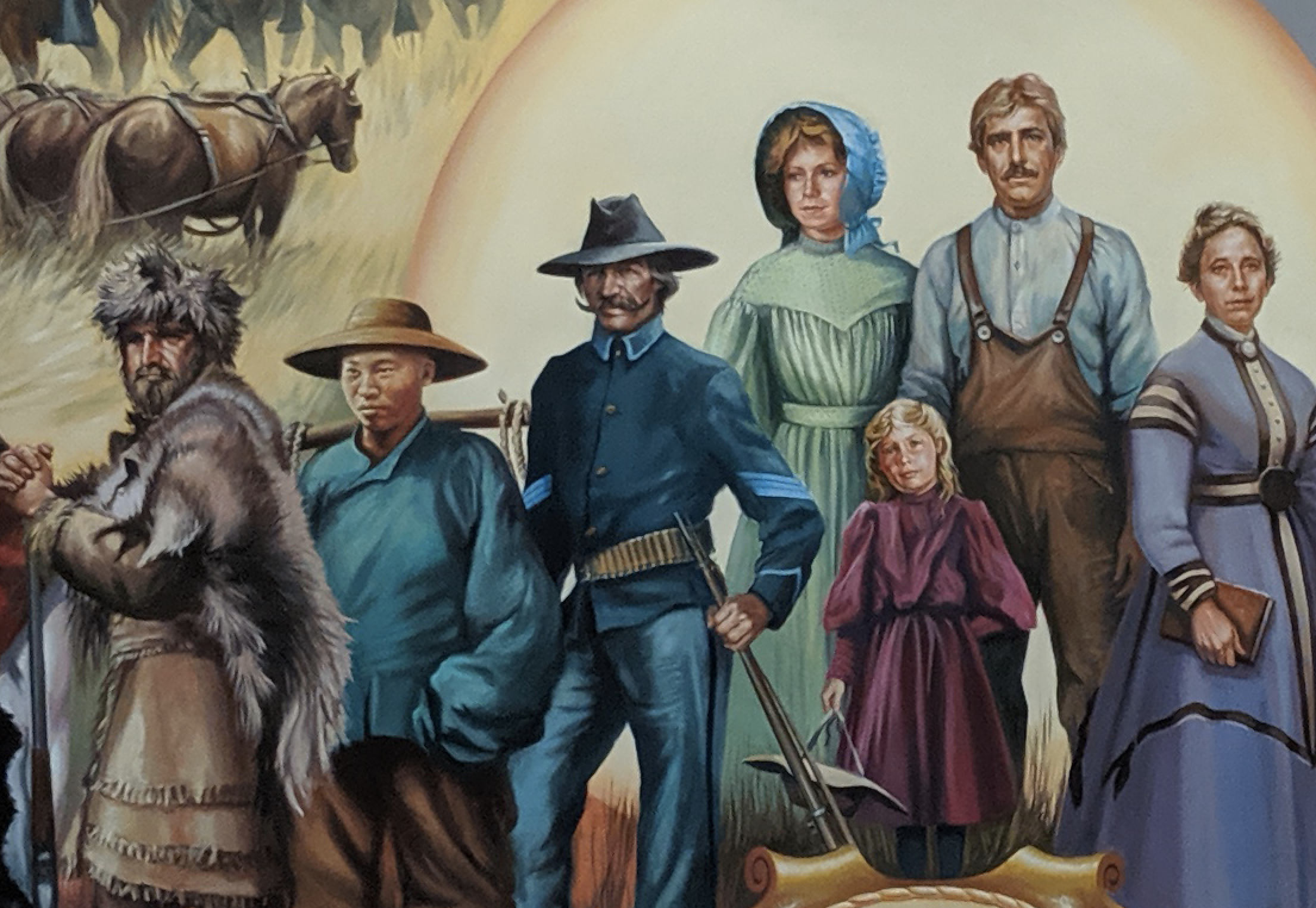

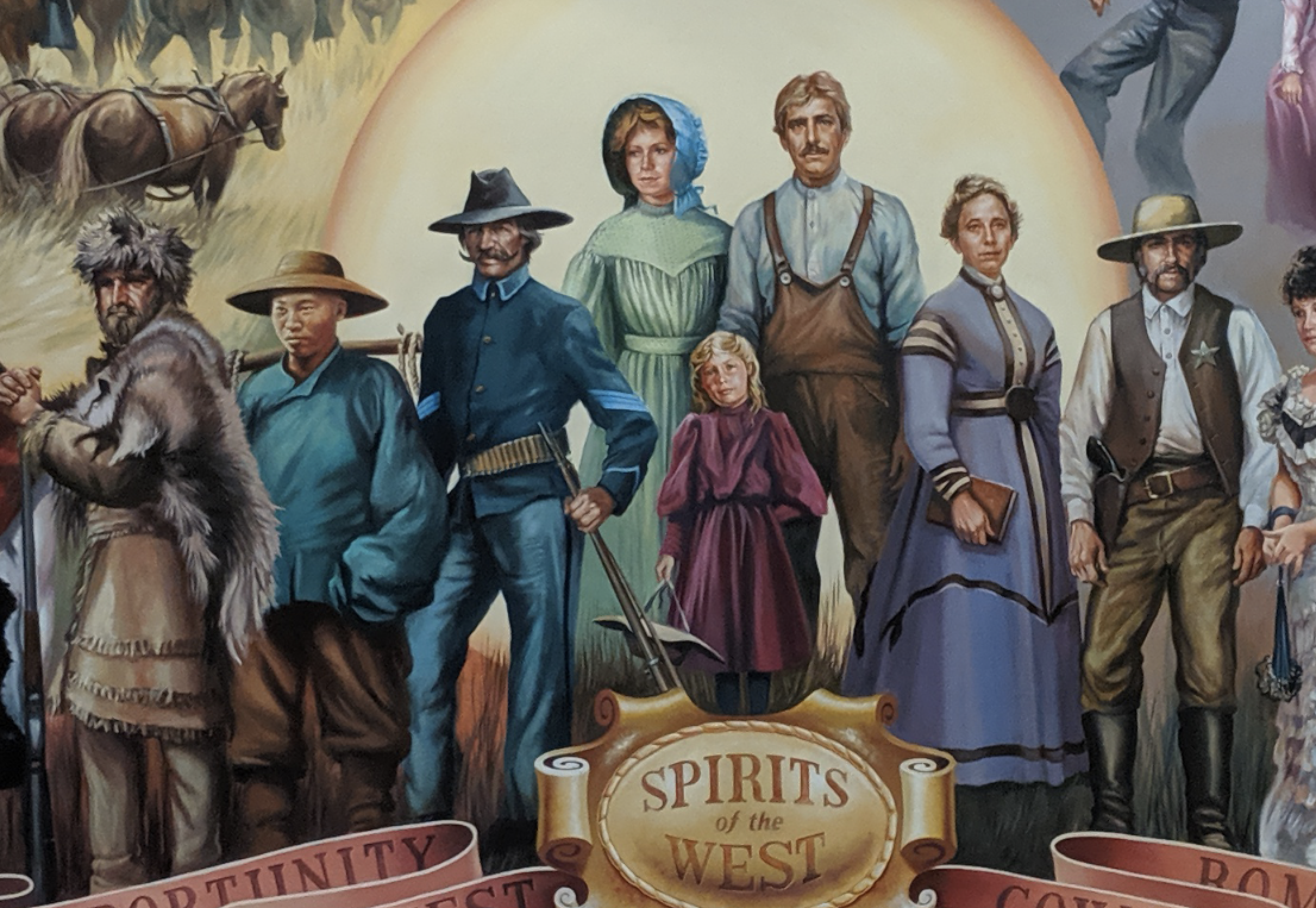
a conversation I had with a laborer 2020
screenshots of Guy Deel’s mural at the Autry Museum of the American West
On February 12, 2020, I visited the Autry Museum of the American West in Los Angeles to meet with Carolyn Brucken, chief curator and director of research, and Tyree Boyd-Pates, associate curator of Western
history. At the time, it was Boyd-Pates’ first week at the Autry from his former position as a curator of history at the California African American Museum. Boyd-Patesí addition to the museum reflected the curatorial shift that was happening within the museum.
The American West, as mythology and space of expansionist transition, has provided much of the resonant imagery and rhetoric for “Americanness:” the American cultural imaginary, colonialist tropes, and the continued political exploitation of such discourses. During our conversation, Brucken and Boyd-Pates were interested in discussing new strategies to present the museum’s historical materials as “legacies that are not neutral.”
In particular, Brucken brought up Spirits of the West (1988), a panoramic mural by Guy Deel. Though it was painted at the end of the 20th Century, the mural still perpetuates a romanticized depiction of settler colonial hierarchy, centering a white settler family in what appears to be a radiating halo. Brucken noted, that though they cannot remove the mural due to the founder’s wishes, that does not mean they cannot re-contextualize it.
how to paint a rocking horse
2020
VHS-C converted to digital, sound, carousel horse, windshield wiper motor, steel rod, bondo, adjustable 12v DC power supply, epoxy, wood, oil paint
As a Chinese-American artist, it feels urgent, now more than ever, to be unfathomable in the face of crisis and increasing xenophobia. The yellow body, historically rendered invisible, now experiences a hypervisibility. I have subsequently been re-evaluating the work and making new work as a call to response of the fluidity of the conditions outside of us. how to paint a rocking horse, filmed on March 30, is an immediate response to these violently resurfaced histories and shifting degrees of visibility: a performative lecture during the stay-at-home order in Los Angeles, in which I perform auto-theory from my kitchen while painting a mechanized rocking horse.

self portrait of three years of my life in Marfa, TX as the only full time East Asian resident
2018
In collaboration with Ada Smith
2018
In collaboration with Ada Smith

four self portraits as a cowboy
2020
In collaboration with V Haddad and Sam Richardson’s self portrait service.